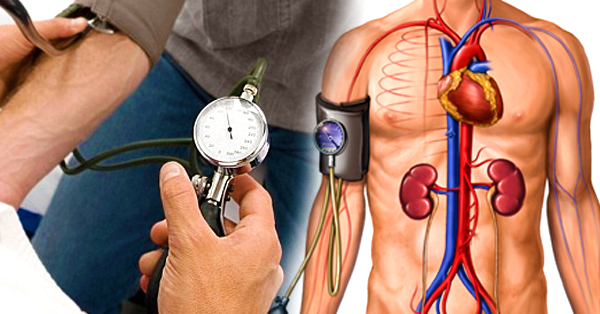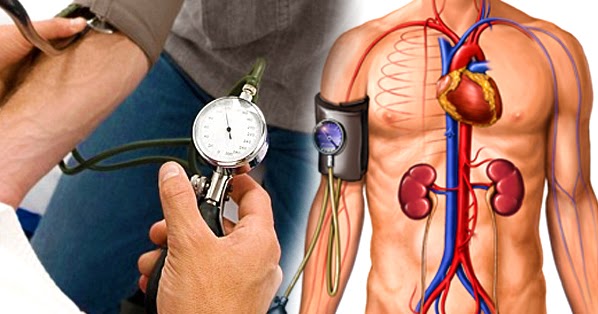For many years, the widely accepted notion has been that a blood pressure reading of 120/80 mmHg is the standard for good health. However, recent studies and expert opinions suggest that this understanding might be somewhat misleading, especially as we age. Let’s explore this important topic with an open mind and gain a clearer understanding of what constitutes normal blood pressure for different stages in life.

It’s crucial to recognize that blood pressure can vary from person to person and may change with age. The traditional belief that 120/80 is the universal target may not apply to everyone, particularly in older adults whose physiological needs and conditions differ. Medical professionals are increasingly acknowledging that what is “normal” is not a one-size-fits-all figure, but rather a range that considers individual health profiles and lifestyle factors.
As we age, arteries can become stiffer, increasing systolic blood pressure. This is why older individuals often have higher readings, and treating these readings like a rigid threshold can sometimes do more harm than good. Rather than aiming strictly for 120/80, many healthcare providers now focus on monitoring and managing blood pressure in a way that supports overall health and minimizes risks specific to age-related conditions.
Additionally, there are significant differences in how blood pressure is viewed globally. In certain regions, what is deemed high or low blood pressure varies, influenced by genetic, environmental, and cultural factors. This further complicates the idea that there is an absolute standard for blood pressure.
To grasp the complexities of blood pressure, it’s essential to understand its components. The first number, systolic pressure, measures the force your heart exerts on the walls of your arteries each time it beats. The second number, diastolic pressure, measures the force your heart exerts between beats. Both numbers are important and can reveal insights into potential health issues when viewed in context.
Maintaining a healthy lifestyle is a pivotal part of managing blood pressure. Regular physical activity, a balanced diet low in sodium and rich in fruits and vegetables, maintaining a healthy weight, and avoiding excessive alcohol and tobacco use can significantly impact your readings. For older adults, paying attention to these lifestyle factors is particularly important as it helps in better blood pressure management, reducing the likelihood of complications.
An important reminder is that regular check-ups with your healthcare provider are crucial. These visits ensure that your blood pressure is monitored accurately and that your treatment plan is suitable for your unique health needs. Discussing your blood pressure readings openly and understanding what they mean for your health can lead to more informed decisions and better health outcomes.
In summary, while the 120/80 standard has long been accepted, it’s important to embrace a more personalized approach. By focusing on a range that accounts for individual differences and lifestyle considerations, we can work towards better heart health and overall well-being.




